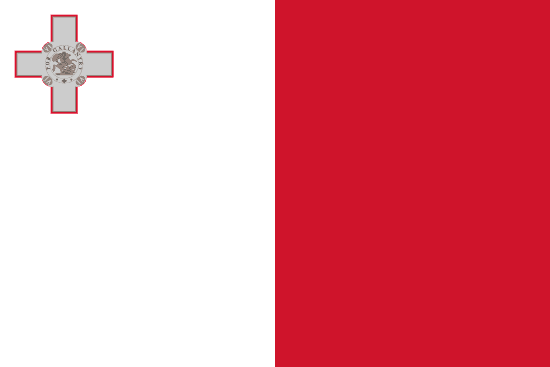"Città Umilissima | Most Humble City"
About:
Valletta, the capital of Malta, was founded in 1566 by the Knights Hospitaller. Named after Grand Master Jean Parisot de Valette, it was designed as a fortress city during the Great Siege of Malta. The city's Baroque architecture, including St. John's Co-Cathedral, led to its UNESCO World Heritage status in 1980. Valletta served as the European Capital of Culture in 2018. Today, it's a vibrant city, attracting tourists with its historical sites, cultural events, and Mediterranean charm.
When to visit:
Valletta, the capital city of Malta, is a destination that can be visited year-round due to its Mediterranean climate. However, the best time to visit Valletta is during the shoulder seasons of spring (April to June) and autumn (September to November). During these months, the weather is pleasant with mild temperatures, making it ideal for exploring the city's historical sites and outdoor attractions. Additionally, visiting during the shoulder seasons allows travelers to avoid the peak tourist crowds and high summer temperatures.
When to avoid:
The worst time to travel to Valletta on a holiday would typically be during the peak of summer, particularly in July and August. These months experience scorching temperatures that can make outdoor activities uncomfortable for many travelers. Additionally, the city can become overcrowded with tourists during this time, leading to long lines at popular attractions and higher prices for accommodations. To avoid the heat and the crowds, it is advisable to plan your visit during the shoulder seasons of spring or fall when the weather is milder and the city is less congested.
Winter (Dec-Feb)
In Valletta, Malta, the coldest and wettest period falls between December and February. Average temperatures range from 10-15°C (50-59°F). Rainfall is highest in December, averaging 112mm. Sunlight is limited to around 5-6 hours per day, with cloud cover increasing. Storms are also more frequent during this period. An average day for a visitor might start with a light drizzle, followed by cloudy conditions and occasional sunshine. Despite the chill, exploring Valletta's historic sites is still possible, but pack a raincoat and warm clothes.
"Summer (June-August)"
In Valletta, Malta, the warmest part of the year typically spans from June to September, with July and August being the hottest months. During this period, the average high temperature is around 30-32 degrees Celsius (86-90 degrees Fahrenheit), while the average low is around 20-22 degrees Celsius (68-72 degrees Fahrenheit).
Rainfall is minimal during these months, with July being the driest month of the year. You can expect less than 1mm of rain on average in July and 7mm in August. The summer months also bring plenty of sunshine, with an average of 12-13 hours of daylight per day.
Humidity levels can be quite high, often exceeding 70%, which may make the heat feel more intense. Cloudiness is generally low, with clear blue skies being the norm, allowing for plenty of sunbathing and outdoor activities.
A typical day for a visitor during this time would be warm and sunny. The mornings and evenings are slightly cooler, perfect for exploring the city, while the afternoons can get quite hot, ideal for a dip in the sea or a siesta in the shade. Despite the high temperatures, the sea breeze can offer a refreshing respite from the heat.
Language:
Maltese and English are the two official languages of Valletta, the capital city of Malta. Maltese, a Semitic language with significant influence from Italian, Sicilian, and English, is the most widely spoken. English, a legacy of British colonial rule, is also widely understood and used in business and government.




